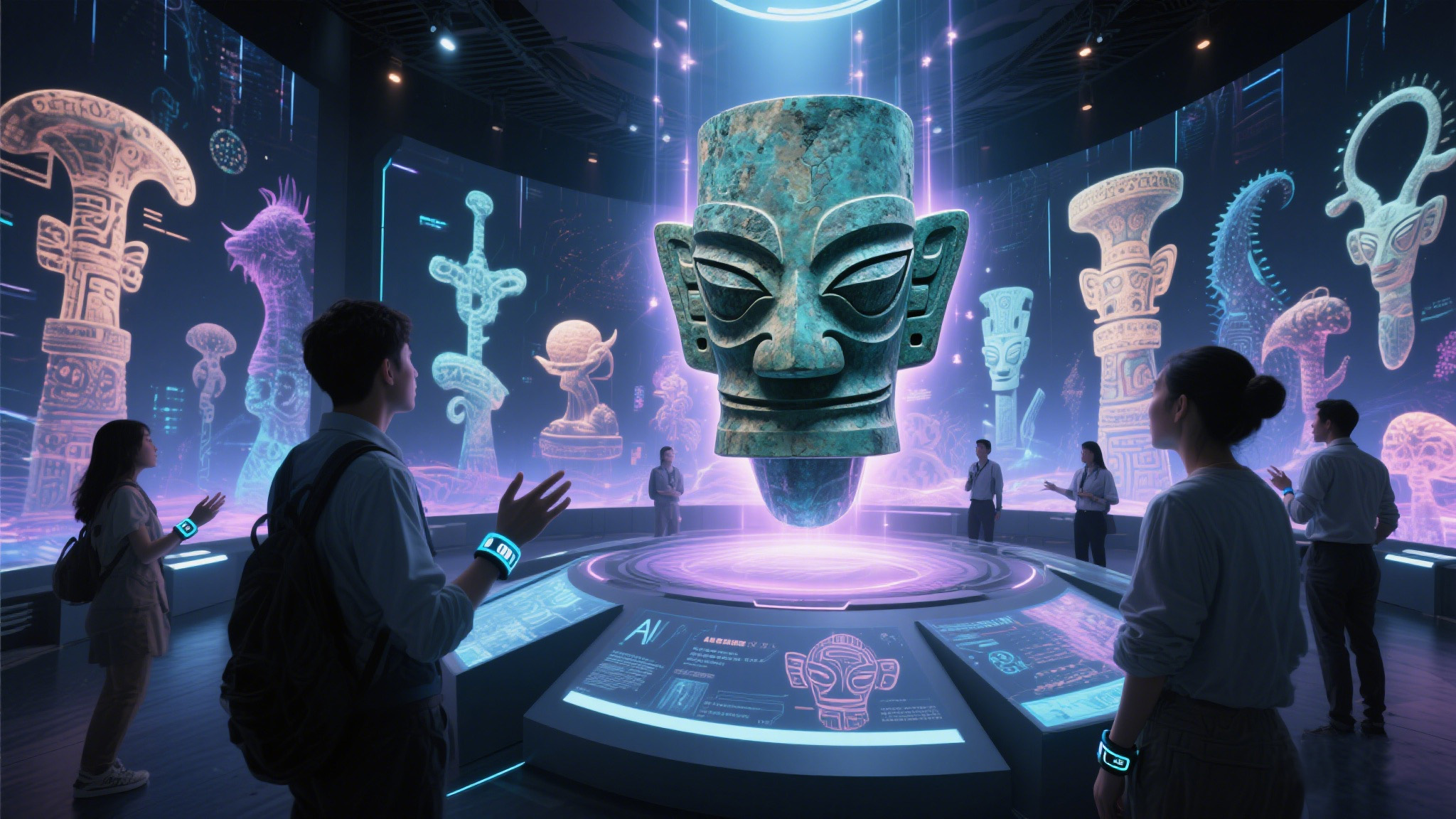The Eternal Allure of Petra: Jordan's Rose-Red City Carved in Stone
The morning sun strikes the towering facade of Al-Khazneh (The Treasury) with a golden glow that makes the rose-colored sandstone appear to bleed light. This moment, when the first rays illuminate the 40-meter-high Hellenistic columns carved directly into the cliff face, explains why Petra remains one of mankind's most breathtaking archaeological wonders. For over 2,000 years, this hidden city in Jordan's southwestern desert has captivated travelers, its very existence seeming impossible until you stand before its monumental architecture hewn from living rock.
Petra's story begins with the Nabataeans, an enigmatic Arab tribe who transformed this rugged canyon into the capital of their trading empire around the 4th century BCE. Walking through the Siq - a narrow, 1.2-kilometer-long fissure in the sandstone - visitors follow the same path as ancient spice caravans carrying frankincense from Yemen to Mediterranean ports. The canyon walls tower 80 meters overhead in places, their striated patterns of ochre, crimson, and peach created by mineral deposits over millennia. At certain angles, the rock formations resemble frozen waves, their curves so fluid they appear to ripple in the desert heat.
Emerging from the Siq's shadowy confines, the full spectacle of The Treasury explodes into view. Every detail of this funerary monument, from its Corinthian capitals to the urn atop its pediment, was painstakingly chiseled downward from the cliff's face. Recent laser scans reveal previously unknown chambers behind the facade, suggesting the structure runs deep into the mountain. Beyond this iconic landmark, Petra unfolds as a sprawling necropolis with over 800 carved tombs displaying architectural influences from Assyrian to Roman styles. The Street of Facades features rows of crypts with intricate carvings of eagles (symbols of the soul's ascent) and lotus flowers hinting at trade connections with Egypt.
For the full Petra experience, adventurous travelers climb 800 rock-cut steps to Al-Deir (The Monastery), a colossal 50-meter-wide temple facade hidden high in the hills. The journey passes the Lion Triclinium, where banquet halls carved behind roaring lion reliefs hosted funeral feasts. At sunset, when the Monastery's massive pediment glows like embers, Bedouin tea sellers offer mint-infused brews while explaining local legends of djinns guarding hidden treasure. Modern archaeology continues uncovering Petra's secrets - recent excavations revealed a vast garden complex with sophisticated hydraulic systems that once made this desert city bloom with fountains and orchards.
















